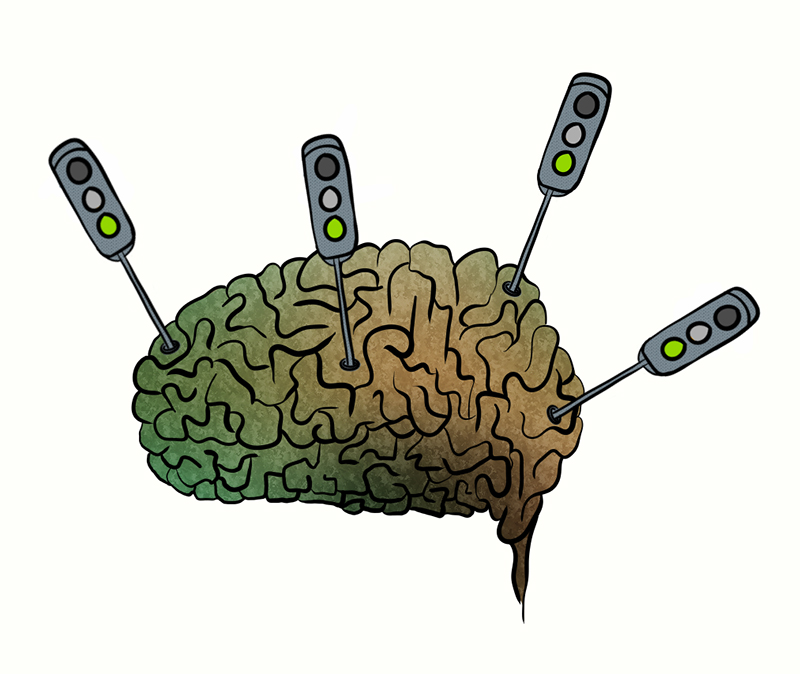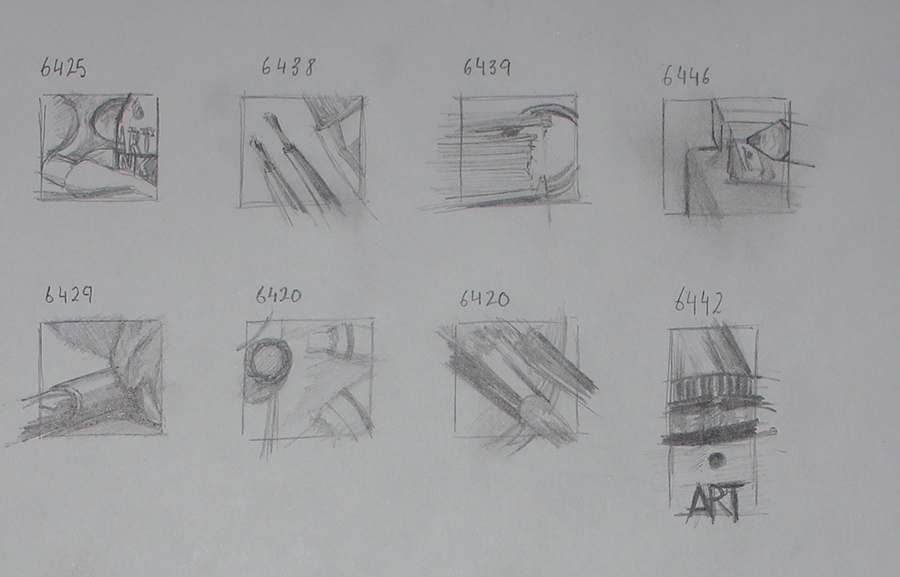A selection of reference materials I used.
As an aim to experiment more I thought for this I would use pen and ink and watercolour washes and felt the looseness of Quentin Blake would be a good direction for me, I often feel my work is too clinical and potentially uninteresting at times. I watched and listened to this:
https://www.youtube.com/watch?v=D9cAVt80lNY
An excellent video where you get to see how Blake approaches a project, draws and paints. A priceless insight to the mind of Blake.
I tried to find references to objects drawn, Blake's main focus is people, motion, action and emotions. Objects were more difficult to come by but in the end I did manage to find some.
I liked the simplicity in them all, the nappy instructions at the top aren't very clear. They all use a very limited colour scheme. All but the top one are boxed in sections, I would like to try and break away from all the above and see what the results are.
I played around with some ideas on making the cup object more interesting in some, stretching it's proportions, changing the shape, I even tried a skull shaped cup.
I identified what I felt was the key moments/steps in making a cup of tea and made the list:
• Pouring water in kettle
• Boiling water
• Preparing cup (choosing cup)
• Tea bag
• Milk and sugar
• Filling up cup
• Stirring
From this I moved on to watercolour paper and drew all the objects in pen and ink looking at my sketches, no pre-drawn lines, I wanted it to be a loose and free as possible.
I just realized I forgot to photograph the line drawings in pen and ink before adding watercolour. Above are the finished drawings.
I then had the job of refining the pieces digitally and putting together an instruction sheet.
Keeping with my aim of creating a loose piece I tried this background
The above background is subtly placed over a light creme coloured background and a block of old hand written text. The effect comes off as neither old nor new and seems to complement the illustrations rather well.
I showed my wife to gather feedback and she straight away picked up on a few things:
1. She wasn't sure on the order of the objects in the instructions - I think this is why sections of instructions or each step is usually boxed off and numbered.
2. She felt not every instruction step was clear - the tap and water I felt was obvious but she said the kettle in view would be more logical. The tea in the box never enters the cup when you look at the illustrations and the milk and sugar step wasn't clear, she wanted to know what you do with the milk and sugar and wondered even if that was a box of milk. Maybe I should have added the word "milk" to the cover.
When I looked more at it I felt the order could change as well to make it more clear.
With a little wording and slight re-arrangement of objects it becomes much clearer and easy to follow and understand.
I might come back to this at a later date and look at alternative version boxed in and numbered.
I'm pleased with the visual outcome and happy to get the feedback, I was fairly set that my work was complete and understandable, I now know to think about this when approaching the following pieces.



































































